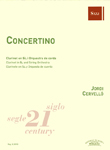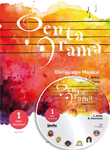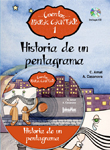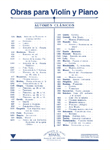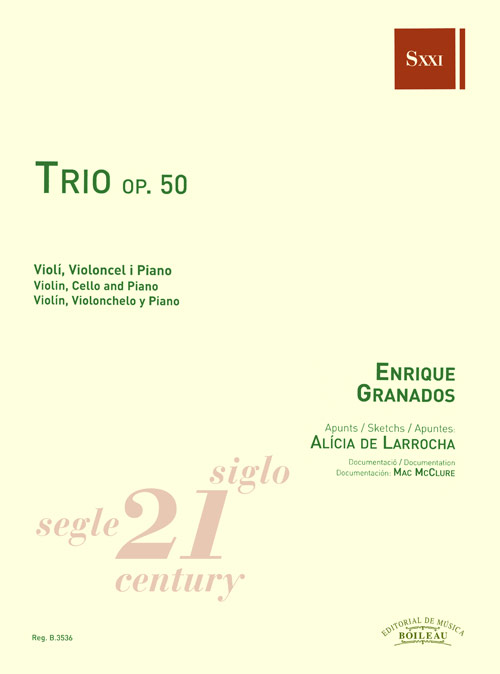Trío, op. 50
versión revisada
Violín, Violonchelo y Piano
GRANADOS, EnricReg.: B.3536
25,20 €
P.V.P. (VAT included 4%)
Add to cart
- Review: LARROCHA, Alicia de
- Ensemble: Trios: With piano.
- Genres: Classical / contemporary: Chamber.
- Language of the comment: Català/English/Castellano
- Product format: Partitura + particellas
- Difficulty level: Advanced-superior
- Period: 2nd half S. XX - XXI
- Publishing house: Editorial Boileau
- Collection: Siglo XXI
- No. of pages: 60+32
- Measure: 31,00 x 23,00 cm
- Lenght: 23'00"
- ISMN: 979-0-3503-1781-1
- Available in digital: No
- Available for rent: No
This edition of Granados' Trio is based on several manuscripts and holograms located in the Museu de la Música de Barcelona. The different documents can be found under the following reference numbers: 02-1570 and 02-1761. The latter (02-1761) includes the first bars of the first movement and is dated 2 January 1894.
The Trio in C major, together with the Quintet in G minor for two violins, cello and piano, was among the first works composed by Granados after the writing of his Danzas Españolas (1892). Both trio and quintet are among his most important chamber works and reflect the maturity of the young composer who was beginning to work on his own. The Trio was premiered on 22 February 1985 at the Salón Romero in Madrid. Written in four movements (Poco Allegro, Scherzo, Duetto and Finale), Granados includes in the finale some themes from the first and second movements, making use of cyclical form under the obvious influence of César Frank. Granados' gift as an improviser is evident in the way many themes seem to join and develop with each other.
In 2001, the Marshall Academy celebrated its first centenary. As part of the celebrations, the Academy organised a series of concerts and I was asked to perform the Quintet in G minor and the Trio in C major. Together with violinist Ala Voronkova and the Glinka quartet, we studied the works directly on the available manuscripts. During the whole process, we made a study with Alicia de Larrocha, who worked on different aspects and choices for the interpretation. The indications in [square brackets] are recommendations that Alicia de Larrocha gave us during the rehearsals at her home in Barcelona. It was the lack of indications in the manuscript that led de Larrocha to work with us on the preparation of the works. Because these scores were first published by Unión Musical Española in the 1970s, Alicia de Larrocha did not know the scores and was very interested in working with us and getting to know these works. The scores had been forgotten in the personal archive of Natalia Granados, Granados' youngest daughter. Needless to say, these indications were intended to prepare for a performance and not for an edition. However, because of Larrocha's undisputed expertise in editing Granados' piano music (Granados' complete piano works supervised by Alicia de Larrocha and published by Boileau) and a lifetime of dedication to music, and most especially to the performance of Spanish music, we felt it was important to include them in this edition.
The Trio lasts approximately 25 minutes and is one of the most important works in Spanish trio literature.
I. Poco allegro con espressione
II. Scherzo
III. Duetto
IV. Allegro final


